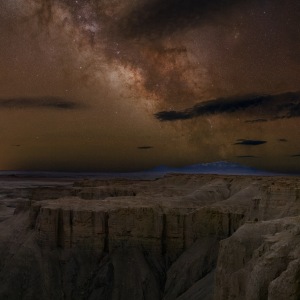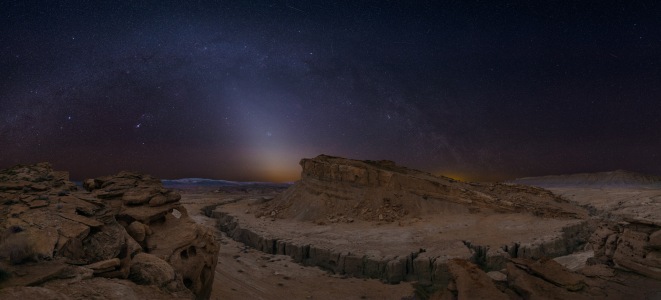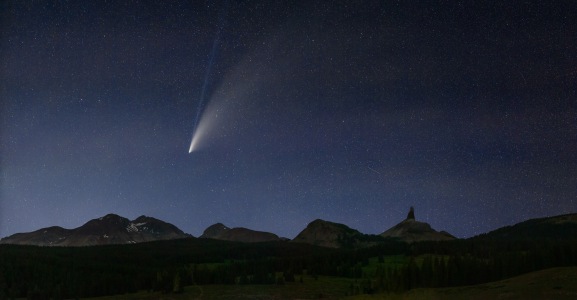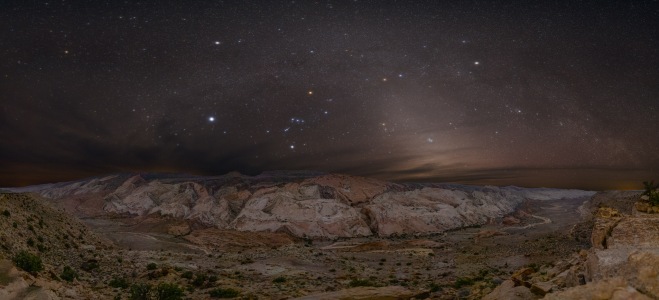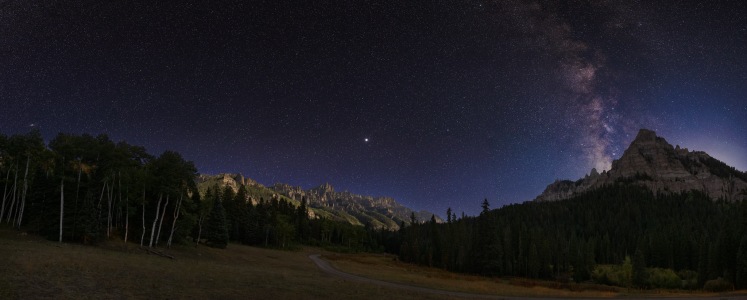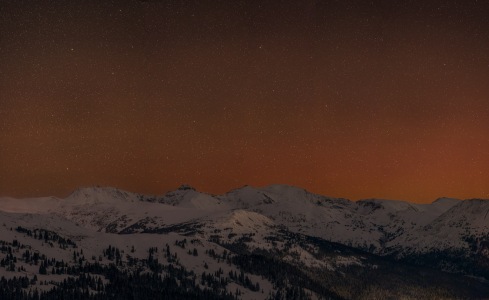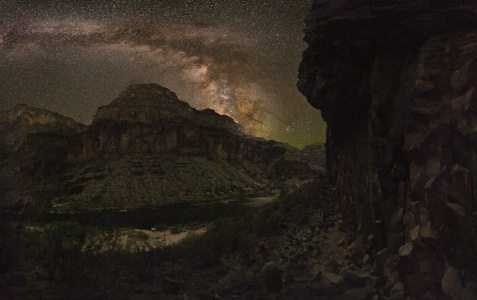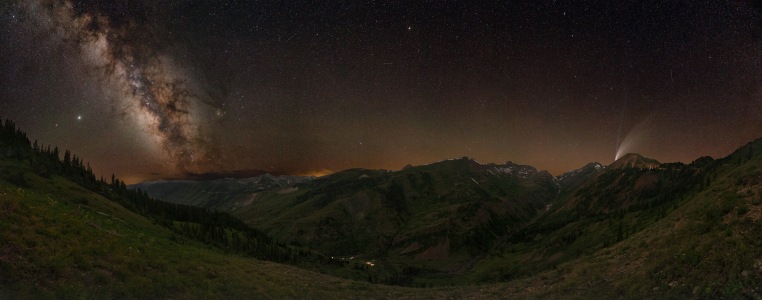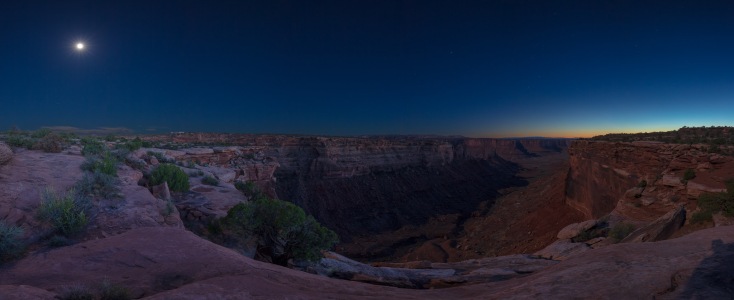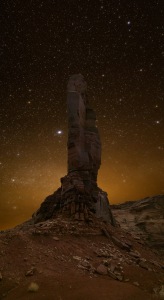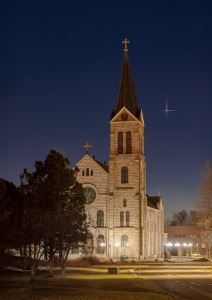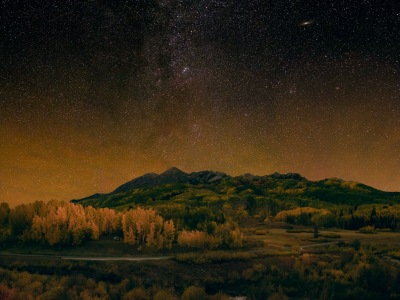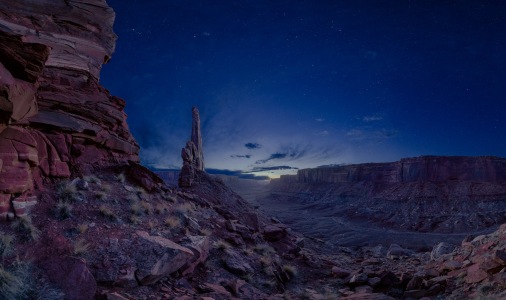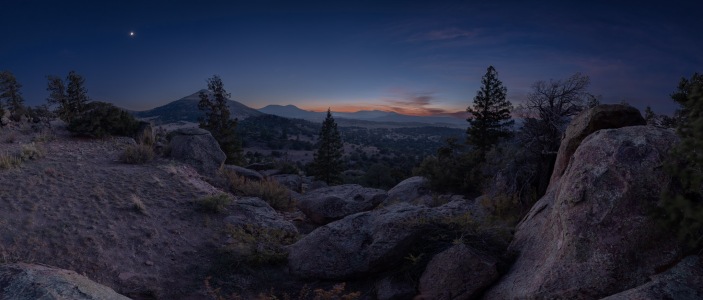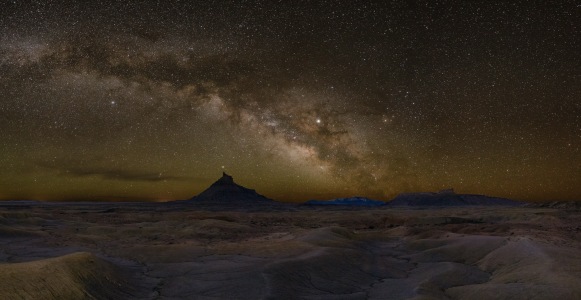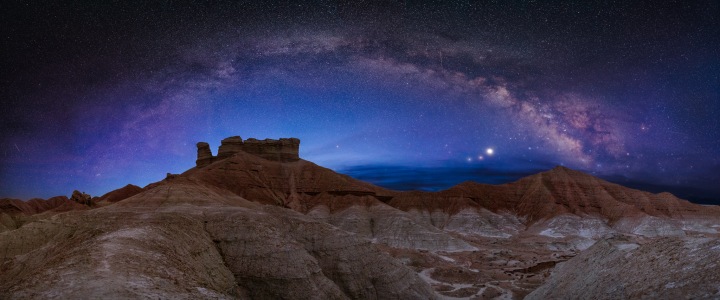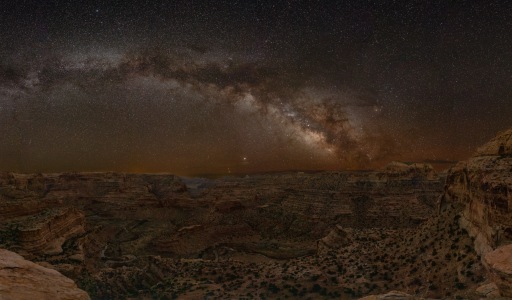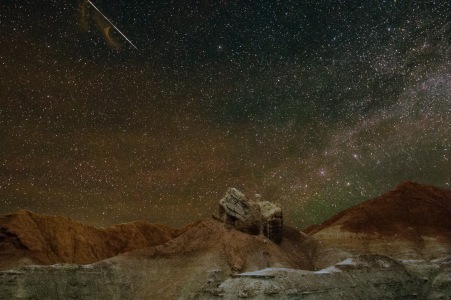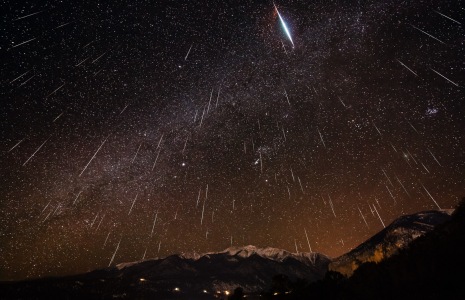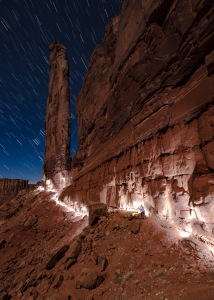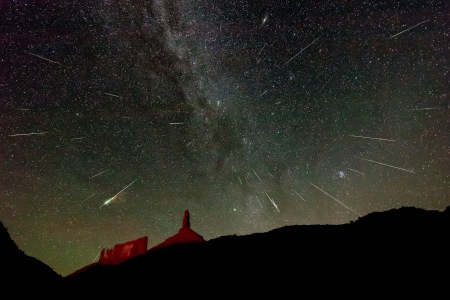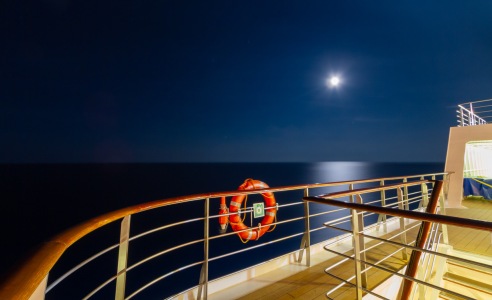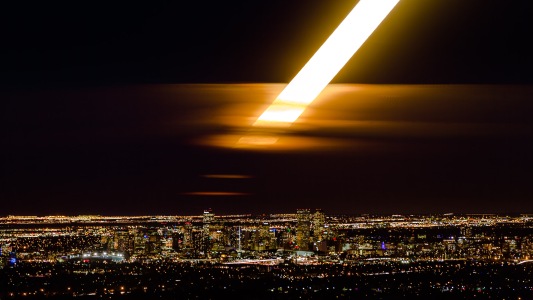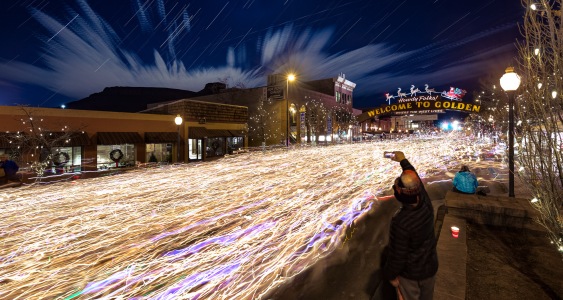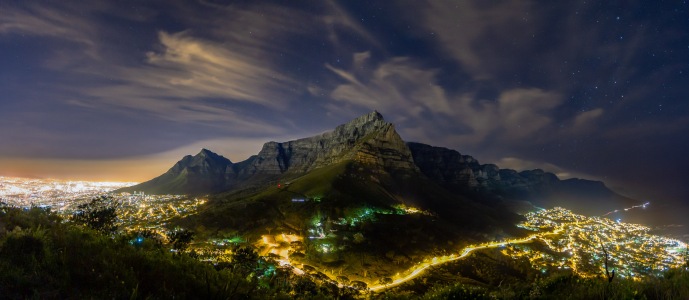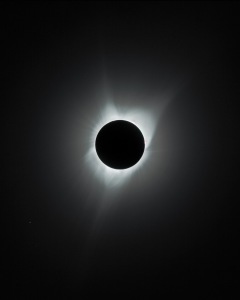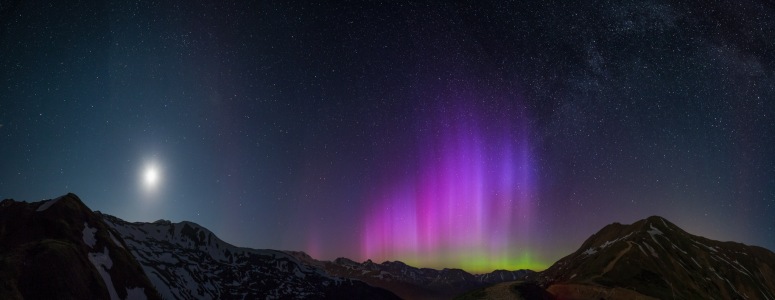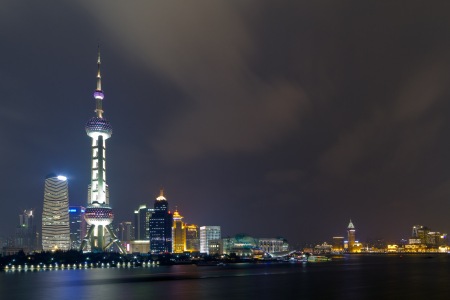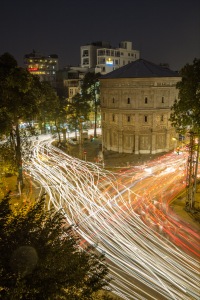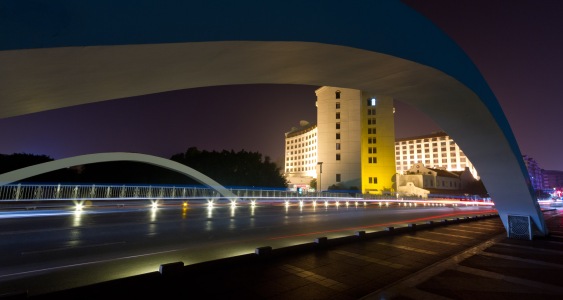If I had to consider myself any sort of specialist, I’d probably term myself a night photographer. In seeking out things that many don’t often see, I perhaps necessarily gravitate to work during the time when most are asleep. The three phases of twilight in between day and night offer an observer the entire range of light that the earth within our solar system has to offer, while nighttime covers the period during which the sun is more than 18° below the horizon. During this time the night sky is affected primarily by the moon and/or by solar influences upon our upper atmosphere, even though it is completely dark: airglow. From a dark site the camera can easily see this airglow, and it often changes throughout the night, sometimes appearing as waving arms of green and/or reddish light, analogous to the Aurora Borealis. Sometimes it’s a yellow or dark orange color, and occasionally it’s simply not there. Every night is a surprise!
I’m just gonna come right out and say that I am not an Instagram-Turn-The-Sky-Blue photographer; just as I would not consider artificially coloring every sunset orange and turquoise, as a photographer I want to present the night sky in a way that pays respect to the conditions of the night during which the images were captured. Blue night skies only occur during twilight and when the moon is above the horizon; you will accordingly see blue skies in some of my night photographs, but only when the sky was actually blue.
Next PORTFOLIO: Aesthetic

